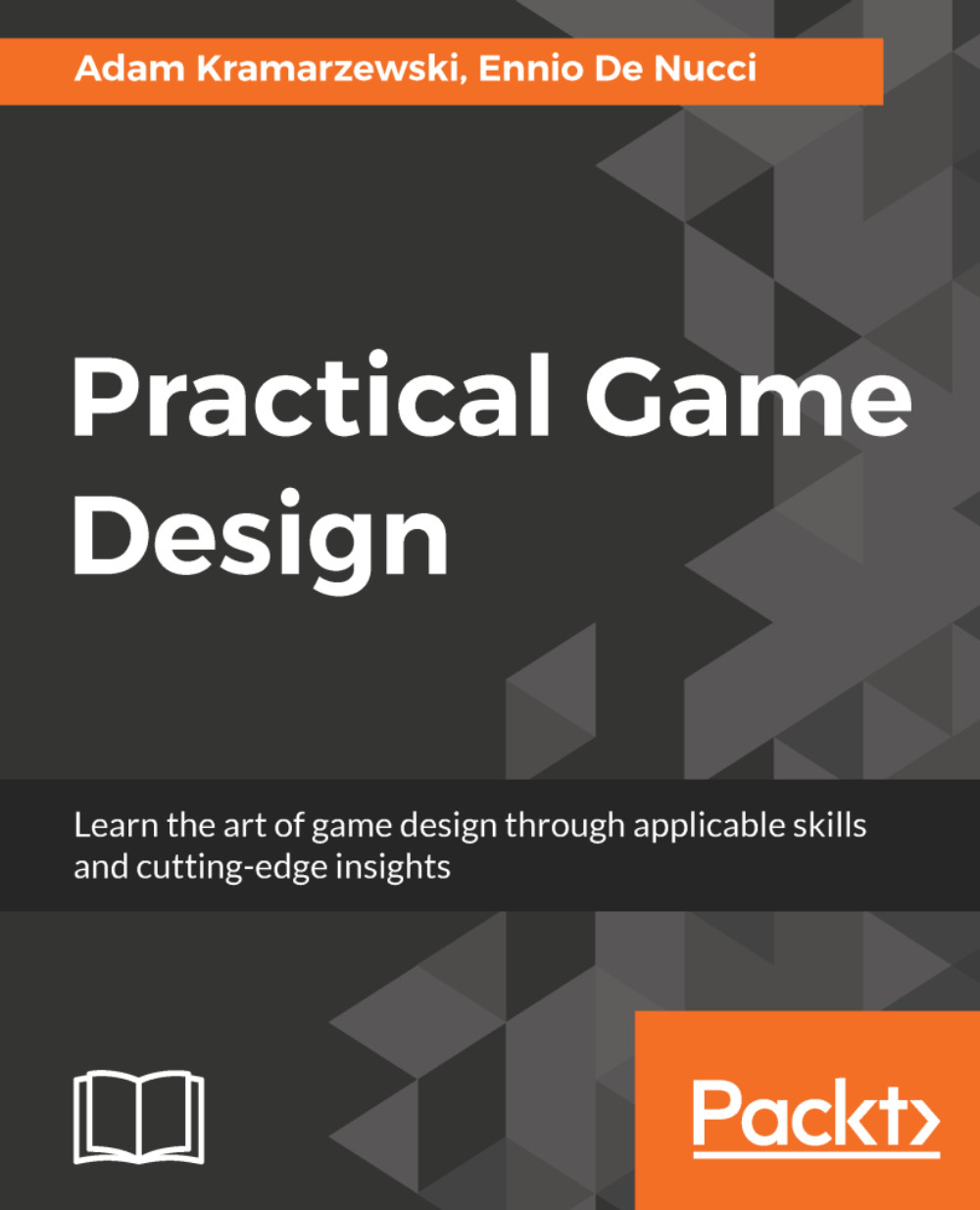Writing game design documents (GDDs) is one of the main responsibilities of every game designer. The whole point of having a game designer in a team is to ensure that someone is taking care of putting everything about the game in black and white—someone able to define and communicate ideas, mechanics, and any other information the team might need to know in order to develop the game.
Many novice game designers (and game developers in general) look online or ask friends in the industry for a game design document template that they can use as a starting point for writing their own documentation. The general misconception is that if it worked for someone else, it will do for me.
As opposed to a game concept document, where there are established rules and information that must be included in a certain way (due to the selling purpose nature of the document...


